Report this entry
More from the same community-collection
Queen Ruth Katherine Fulwiler - 1956 - El Paso, Texas
Sun Bowl Queen Ruth Katherine Fulwiler in Processional - 1956 - ...
Sun Carnival Coronation Ball - 1950 - 1960
Sun Carnival Coronation Ball - left to right - Jim and Marta ...
Board of Directors - 1957- YMCA
B.A. Pendley, Bob Bruce, Morris Donaldson, H.D. Fulwiler, Skippy ...
Southwestern Children's Home Board of Directors - 1957
Southwestern Children's Home Board of Directors - 1957 Seated ...
State National Bank Board of Directors - El Paso, Texas - 1959
This picture of the board was probably taken around 1959. Front ...
Scottish Rite - Dale Resler - 1959
From left to right - Hardin Louis Atkins Jr., the next two are ...
Mrs. Dale Resler, AJ Chapter - 1960
PEO Chapter AJ elected Mrs.Dale Resler president at a recent ...
Mr. and Mrs, Dale Resler's 40th Wedding Anniversary - 1960's
Couple Honored - Mr. and Mrs. Dale Resler, at the center, were ...
Dinner At La Fiesta In Juarez - 1960's
Dinner At La Fiesta In Juarez - 1960's - from left to right ...
Peter DeWetter Presents Girl Scout Bronze Statue to Dale Resler
Peter DeWetter presents Girl Scout Bronze Statue to Dale Resler ...
Texas Western College Becomes 'Legal Entity" - 1960 -1969
Texas Western College Becomes 'Legal Entity" - 1960 -1969 ...
Trinity Methodist Church - 1960 - El Paso, Texas
This old two-story house was turned into the church office holds ...

















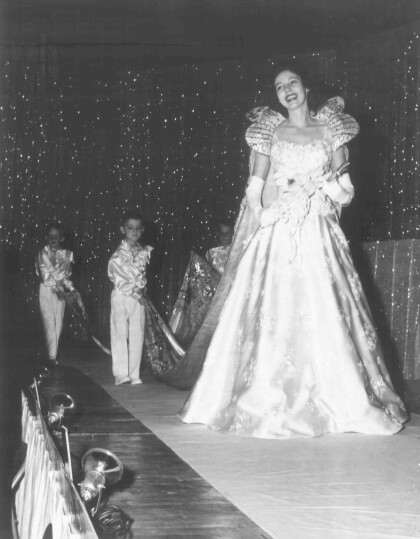
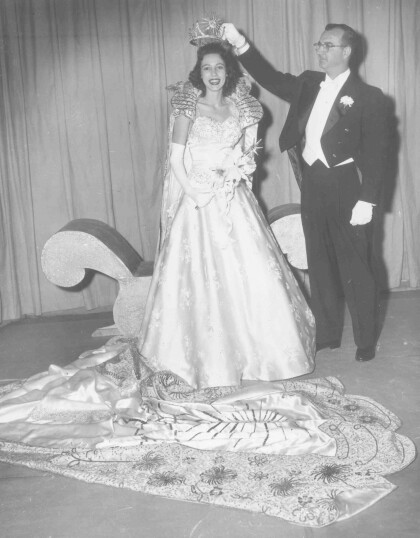
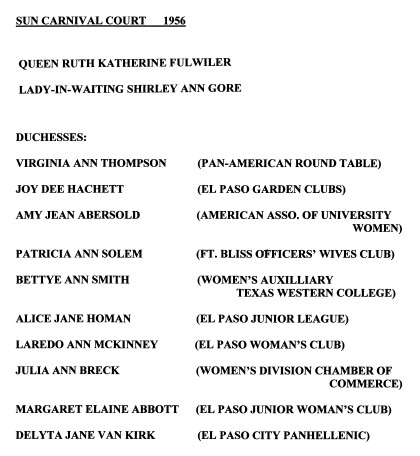
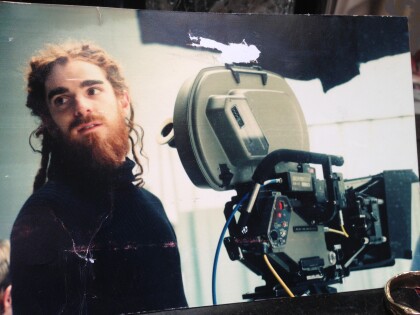
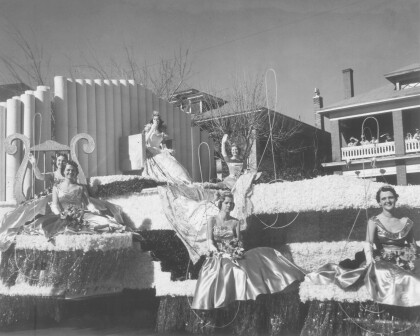
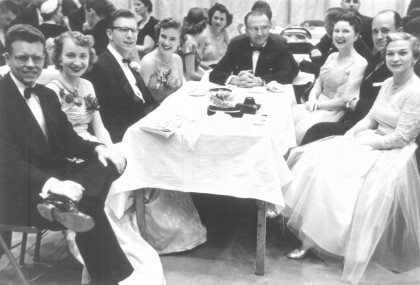
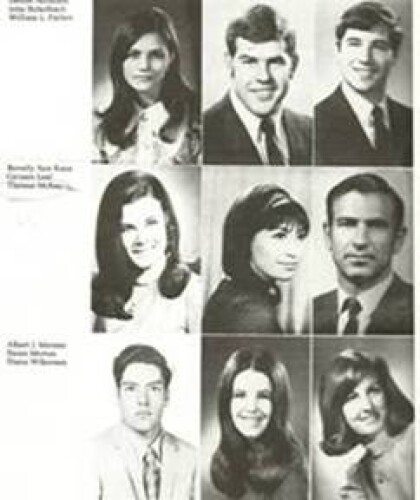
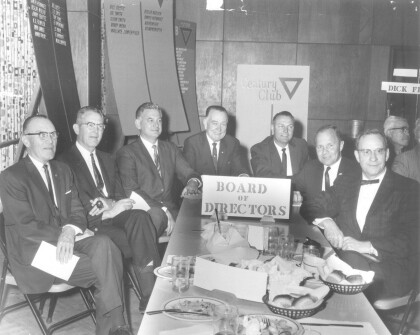

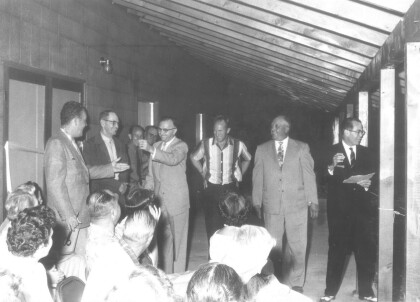
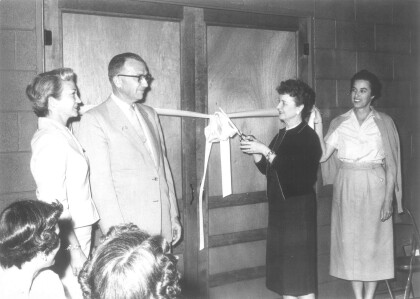

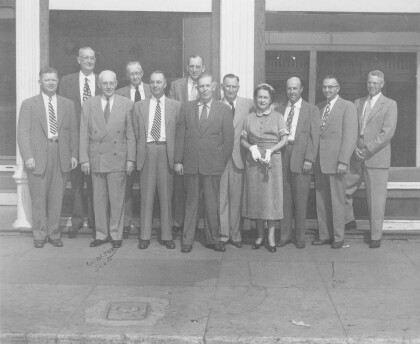
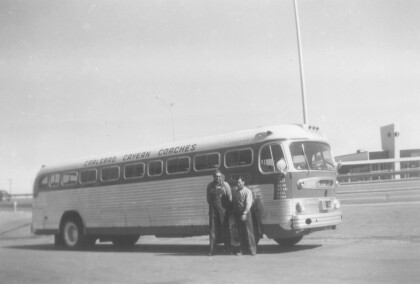
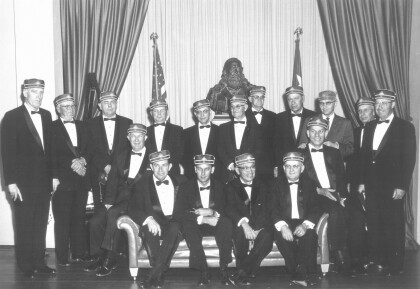
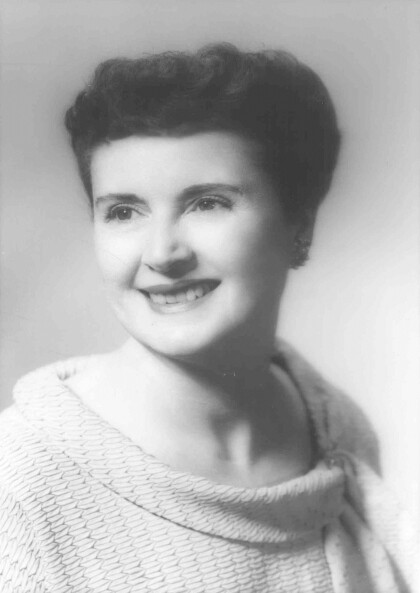
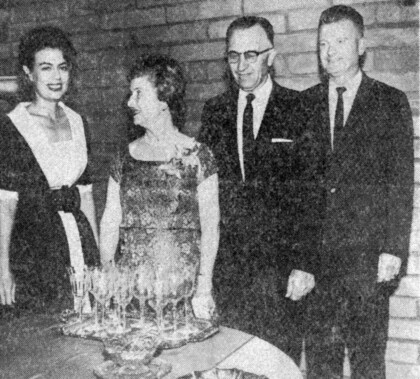
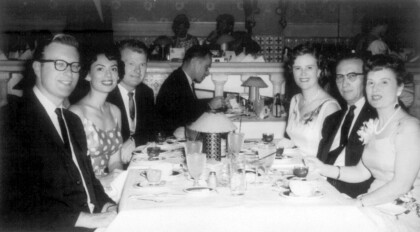
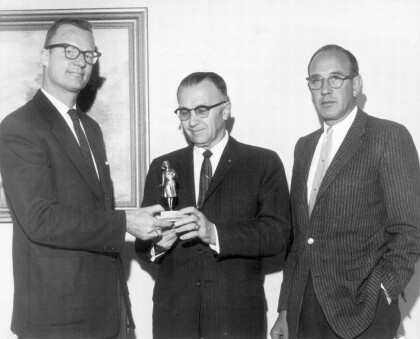
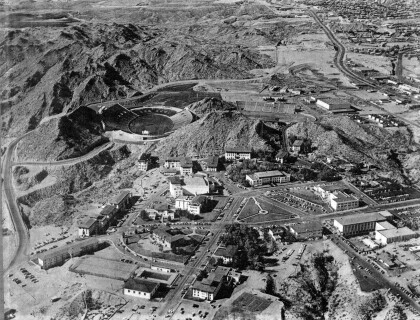
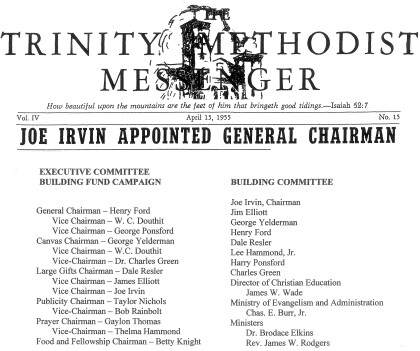
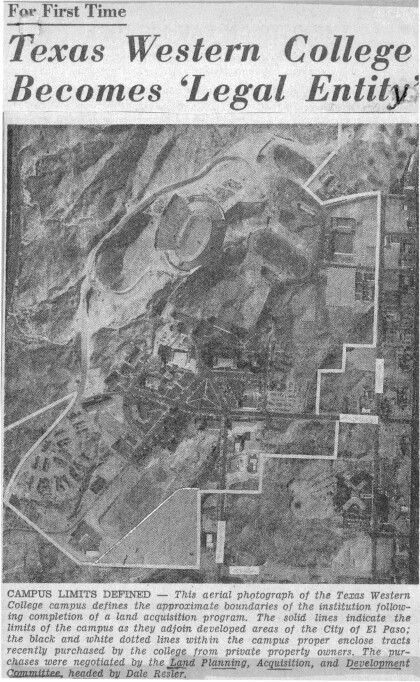
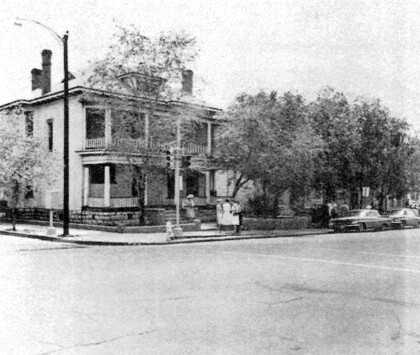
Comments
Add a comment